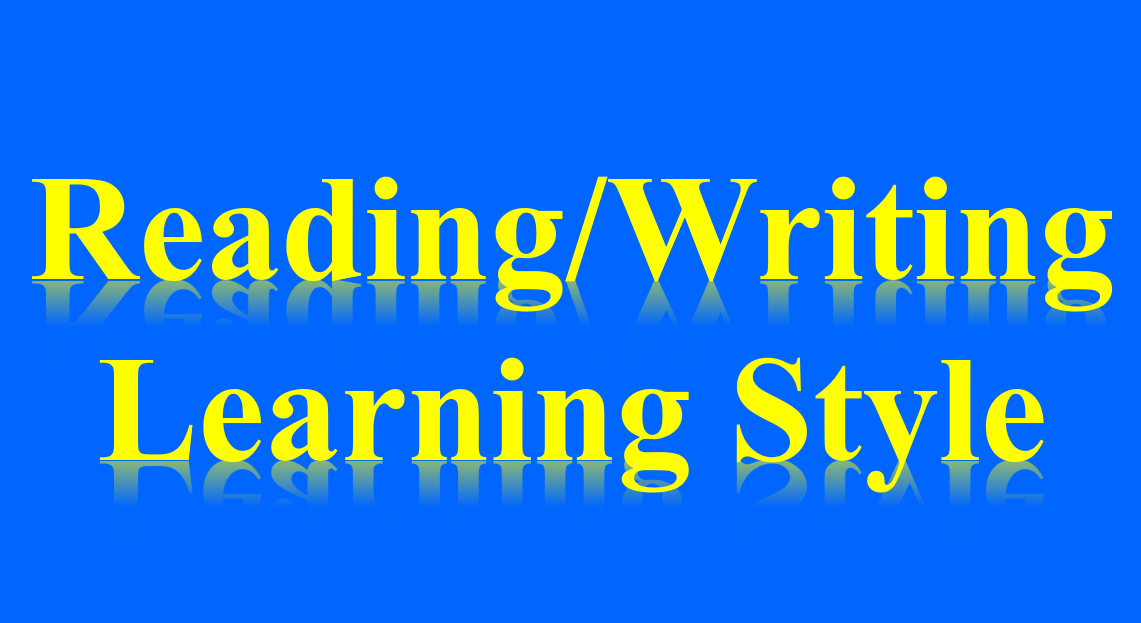Objective: Students will learn what it means to be a reading/writing learner and how to maximize their learning potential by using strategies suited to this learning style. A student’s learning style can be identified through Onward360’s Learning Style Questionnaire, which helps determine whether they are a visual, auditory, kinesthetic, or reading/writing learner. This allows the program to tailor learning strategies to their individual needs for better academic success.
1. What is a Reading/Writing Learning Style?
A reading/writing learner is someone who learns best through written words. If you’re a reading/writing learner, you prefer learning through reading textbooks, articles, and written materials, as well as expressing your understanding by writing essays, notes, and lists. You excel when engaging with text-based materials.
2. Characteristics of a Reading/Writing Learner:
- You learn best by reading written information like books, articles, and notes.
- You prefer to express your thoughts by writing them down, such as in essays, reports, or personal notes.
- You enjoy organizing information into lists or outlines to help make sense of it.
- You benefit from reading textbooks, handouts, or websites to understand new concepts.
- You often re-write notes to reinforce learning and to remember details.
- You prefer written instructions over verbal ones and often like to take notes during lectures.
3. Strategies for Reading/Writing Learners:
If you identify as a reading/writing learner, here are some tips to help you succeed in school:
- Take Detailed Notes: Write down key points during class or while reading. The act of writing reinforces the information, and well-organized notes will be your go-to study tool.
- Rewrite Notes: After class, rewrite or type up your notes. This process helps to further solidify the material in your mind.
- Read and Summarize: After reading a textbook or article, summarize the main points in your own words. This not only ensures you understand the material but also provides a clear reference for future study.
- Use Lists and Outlines: Organize information into bullet points, lists, or outlines to help break down complex ideas. This will make it easier to study and remember the material.
- Convert Diagrams into Words: If you’re presented with charts or diagrams, write down explanations of the visuals in full sentences. This allows you to translate information into a form you understand better.
- Use Reading-Based Study Tools: Utilize study tools like written flashcards, reading guides, and textbooks to help reinforce the material. The more written material you engage with, the more effectively you’ll learn.
- Practice Writing: Write practice essays, reports, or paragraphs on topics you are studying. Writing out concepts helps you understand and recall them better.
- Use Online Resources: Explore blogs, educational websites, or online study guides to expand your learning. Websites that break down key concepts in text form will be helpful to your learning process.
4. Tips for Studying as a Reading/Writing Learner:
- Read Widely: Go beyond your textbooks. Read related articles, handouts, or books that explain the material in greater detail or from different perspectives.
- Make Vocabulary Lists: When learning new terms or concepts, create lists of key terms along with definitions or explanations to review later.
- Use Annotations: When reading textbooks, make sure to highlight, underline, or annotate important points. This helps make the material more interactive and engaging for you.
- Teach Through Writing: If possible, teach others by writing summaries or explanations. The process of explaining things in writing reinforces what you’ve learned.
5. Conclusion: Being a reading/writing learner means you process information best through written words. By taking detailed notes, summarizing information, and organizing your thoughts in written form, you can enhance your ability to understand and retain knowledge. Understanding your learning style empowers you to shape your study habits, making learning both easier and more effective.

